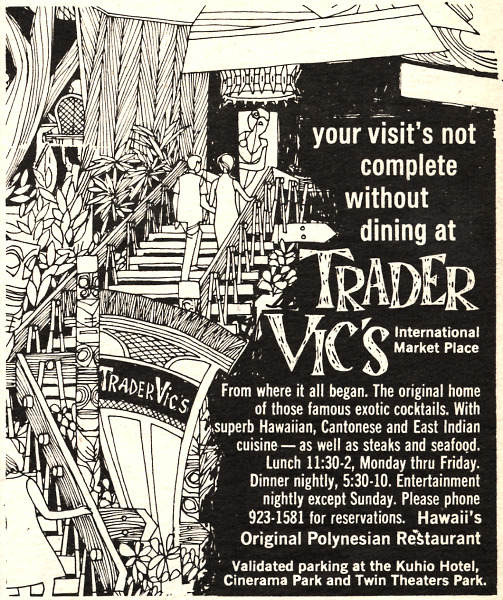For nearly 50 years the mill and refinery buildings were surrounded by thousands of acres of sugar cane fields with linkages by railroad to other mills and cane field sources.
It began as the Honolulu Sugar Company, but over the years it went by a lot of names – but to most folks it was known as the ʻAiea Sugar Mill.
Let’s look back.
September 1, 1888, Bishop Estate leased about 2,900-acres for a period of twenty years, until September 1, 1908 to James I Dowsett.
At about this same time, (1898,) the Hālawa Plantation Company was organized, with 4,000-acres from the coastal plain around Pearl Harbor up the hillsides to 650 feet. A year later Hālawa Plantation Company was reorganized as Honolulu Plantation Company. (NPS)
Dowsett died and on August 1, 1898, the administrator of his estate sub-let the land to the Honolulu Sugar Company (formed in San Francisco and headed by John Buck.) That year, the Honolulu Sugar Company built a sugar mill in ‘Aiea.
Almost two months later, Honolulu Sugar Company assigned the lease to the Honolulu Plantation Company. (US District Court) Operations expanded; the plantation and mill prospered.
ʻAiea was named for a small shrub (Nothocestrum – used by ancient Hawaiians for thatching sticks (ʻaho) and fire-making) that once grew profusely there; it was plowed under to make way for sugar. The town of ʻAiea was created because of, and grew up around, the mill.
Labor for the fledgling company was problematic; many workers had to be imported: “We have some 200 Contract Japanese Laborers now on the plantation and another hundred at the Quarantine Station in Honolulu which will swell our daily labor to about 500 men, there being nearly 300 Chinese, Japanese, Native and Portuguese free laborers now on the plantation.” (Klieger)
The plantation expanded along the inshore and upland areas of Pearl Harbor – it extended from ʻAiea westward as far as Mānana and Waiawa Streams. It included lands where the present Honolulu International Airport and Hickam Base are located. (Cultural Surveys)
By 1901, Honolulu Plantation Company had started its own railroad. On the Hālawa property, the narrow-gauge rail line extended through the lower canefields (at what is now Honolulu International Airport,) crossed the OR&L at Puʻuloa Station (near the present Nimitz Gate at Pearl Harbor), skirted the southern edge of Makalapa Crater, wound its way past the fields at the confluence of Kamananui and Kamanaiki Streams, and climbed the grade up to the ʻAiea mill site. (Klieger)
In December 1914, a newspaper article reported that “Generally, the first request of a visitor to Honolulu who wishes to see the sights and has but a few hours in which to do so is to be shown a sugar mill, and in nearly every instance the sugar mill of the Honolulu Plantation Company at Aiea is the one visited.”
“Malihinis receive their first impressions of sugar-making here, and they are always lasting, for the mill of this corporation is an up-to-date and model institution, incorporating all the latest devices and improvements in the manufacture of sugar, and in some instances putting into use innovations.” (NPS)
By the early-1900s, all of the ʻEwa plains was transformed and planted in sugar; by the mid-1930s, Honolulu Plantation Company had more than 23,000-acres of land in and around ʻAiea.
In 1910 the Honolulu Plantation Company helped with the reforestation of ridges and uplands; about 125,000 trees were planted in the fall of 1910 and 1911.
In the 1930s the Honolulu Plantation Company employed about 2,500 people and refined more than 40,000 tons of sugar annually.
Pre- and post-World War II impacts and military needs affected not only the expansion, but also transformed the future of Honolulu Plantation.
The beginning of the end of ʻAiea as a plantation came in 1935 when the US government took 625-prime cane acres to build Hickam Field. With the advent of WWII, the company lost more of its best lands to military operations, roads and rapidly developing commercial and housing areas. (NPS)
In 1942, the Army built a cupola or lookout tower on top of the refinery and manned it day and night for the next three years.
In 1944 and 1945, despite having lost nearly 50% of its lands to the Army and Navy, the company supplied the mid-Pacific area with 70,000-tons of white sugar – noted as “a remarkable wartime achievement.” Two years after the war, plantation operations were discontinued and houses sprouted in ʻAiea where sugar cane once grew. (NPS)
Honolulu Plantation was forced out of business by rising labor costs, low sugar yields and military confiscation of half its canefields and went bankrupt in 1946; the plantation acreage was sold to Oʻahu Sugar Company and most of the mill equipment went to a Philippines firm.
Taking over the mill enabled C&H to refine raw sugar intended for the Hawaiʻi market in the Islands, instead of sending it to California for refining and shipping it back for use here. By 1954, the ʻAiea mill’s refined sugar output, to Hawai’i retailers, manufacturers and pineapple canneries, reach 62,000 tons. (HHF)
Alexander & Baldwin Properties bought the site in 1993 and soon added a new liquid-sugar refinery in order to satisfy an increasing demand for soft-drink sweeteners. But granulated sugar production was becoming unprofitable.
A&B sought to scrap the site and develop an industrial park. In steps Rick Ralston from Crazy Shirts to save the historic structure, restoring some to maintain the historic sugar flavor, as well as refurbish and reuse parts for the shirt production.
However, costs for clean-up mounted and forced abandonment of the restoration – Bank of Hawaiʻi took over the property. The ʻAiea Mill was demolished in 1998. The ʻAiea Sugar Mill property was bounded by Ulune Street, ʻAiea Heights Drive, Kulawea Street, Hakina Street, and ʻAiea Intermediate School.
























